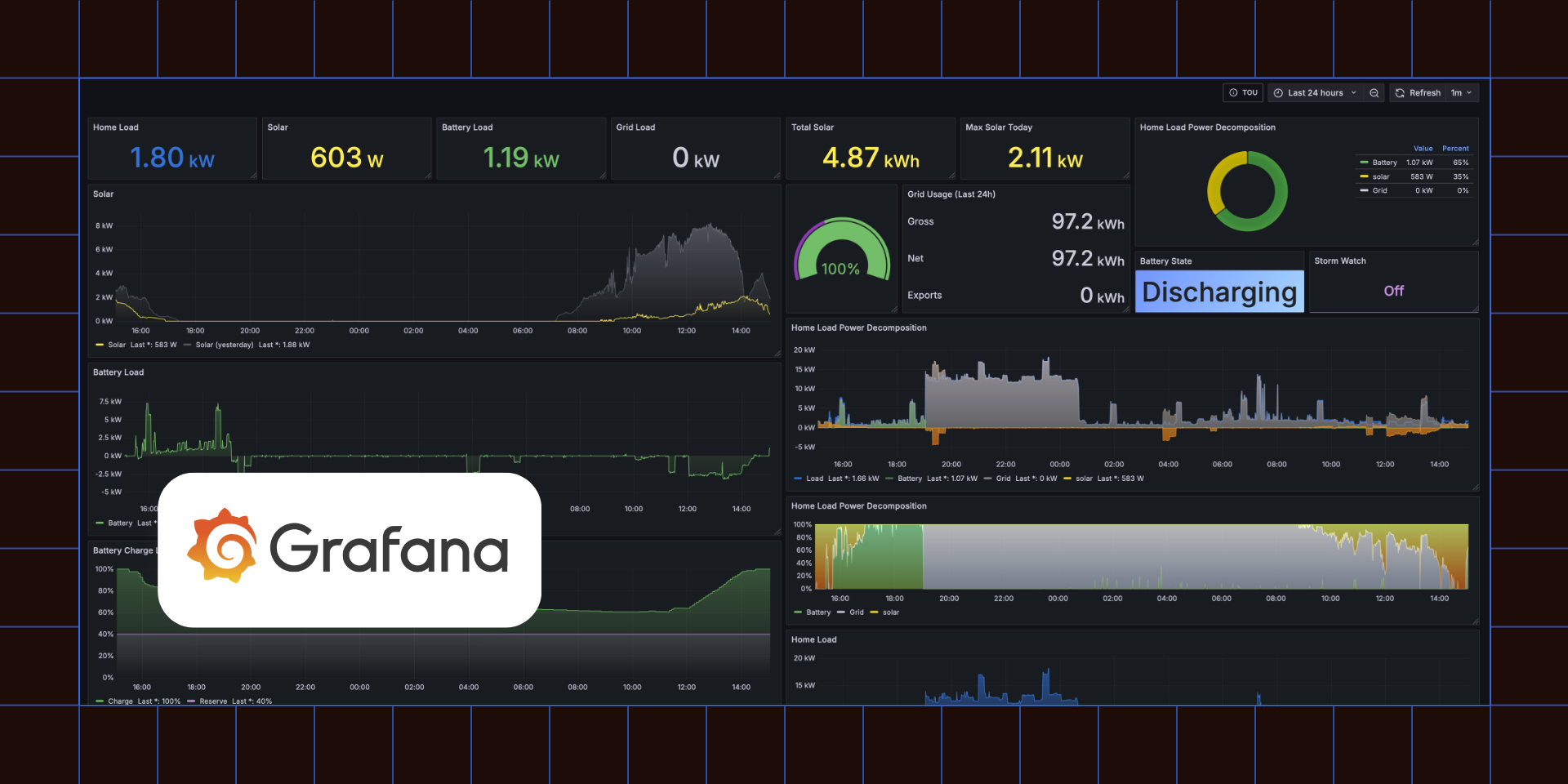
How MVF increased rescued revenue by implementing a modern data stack
- With the ability to visualize the number of unsold leads, the Qualifications Team was able to increase rescued revenue from around £300k a month to around £700k
- Fivetran handles MVF’s data ingestion, eliminates pipeline maintenance costs, saves engineering time, and provides excellent customer service
- With Snowflake, the business can run queries seamlessly, eliminating concurrency issues
- The company has nearly 350 total Looker users across multiple departments, with most users actively generating their own reports
- Reports that used to take two to three weeks to prepare are now presented in up-to-date dashboards
MVF’s customer generation platform helps ambitious businesses grow by delivering massive volumes of high-quality sales leads on a pay-per-lead basis. The company’s focus on proprietary technology and multi-channel marketing expertise allows clients an unparalleled reach into new markets and channels, delivering engaged customers in real-time to fuel sustainable growth for some of the world’s most ambitious businesses.
Seeking a Single Source of Truth
While departments within MVF had been successfully generating their own insights, the business as a whole had no single source of truth. “There was no centralization of data,” says Stephen Coyne, Head of Analytics at MVF. “People were hacking together their own databases and everyone had their own version of data, which led to conflicts. The same metrics meant different things to different people.”
Simultaneously, technology limitations were impairing reporting capabilities. The business was unable to look at trends beyond three or four months, resulting in short-term analysis and decision-making. And while the business did have access to historical data, it could take the finance team days to stitch monthly data into a year-end report.
To combat these issues, non-technical staff started building their own solutions to their data needs through a mixture of Excel reports, Access databases, ad-hoc SQL queries and an exponentially growing number of Google Sheets. But those solutions often broke, and people couldn’t figure out why. MVF set out to find a solution and improve its data integrity and reliability.
“Being data-driven is entwined in what we do,” explains Coyne. “Our business model is essentially an arbitrage model, so we need to be really good at being able to analyze price differences. Being able to do that effectively meant investing in our data infrastructure.”
Democratising Data With Looker
MVF chose Looker as its BI tool for its flexible platform and language which democratizes data for both business users and analysts. “Looker allows users across our business to ask complex questions while giving analysts the freedom to build generalized data models rather than specific queries,” Coyne says. “Analysts manage how measures are defined and calculated, and the relationships between tables, while business users can interrogate the data in any way they need. Looker then uses the business question and your data model to generate bespoke, performant SQL queries.”
After implementing Looker, spending months building out visualizations and dashboards, the business saw a massive change in how people thought about data. Prior to Looker, the most common visualization was a table, which made spotting trends difficult; now people are changing the way they look at and think about data. The company has nearly 350 total Looker users, with 198 active users weekly. “We have over 90% of our Looker users actively exploring the data — salespeople, directors, people in our call centre,” Coyne observes. “If people have a question, we don’t want to get in their way, so we really want to democratize data insights and analysis. This has led to all sorts of insights and reports that the analytics team couldn't have kept up with ourselves.”
Achieving Scalability With Snowflake
With so many active Looker users running queries within the business, MVF started experiencing concurrency issues with its existing Amazon Redshift warehouse. It needed a more scalable solution. “Redshift is a great option if you have fewer analysts handling massive amounts of data,” Coyne notes. “We have reasonable amounts of data, but a lot of users wanting to run queries simultaneously.”
He found that Snowflake, in particular, stood out in how it separates processing and storage, and allows the business to scale both independently. “You can scale it as you need it,” he says. “So in the morning when everyone is running their queries, we can scale up, and in the evening when users aren’t on Looker, we’re not paying for it.” Snowflake handles all maintenance and tuning, and requires almost no maintenance from the company’s data engineers.
Solving Data Ingestion Issues With Fivetran
With a multitude of campaigns and marketing sources, MVF was facing a data integration challenge. To handle this, the company built up its data team through a combination of data analysts and data engineers. The engineers focused on building data pipelines, but soon encountered scalability issues. “How do we handle 20–30 different data sources with only two data engineers?” Coyne asks. “If people wanted to add a new field to a report, for instance, they would have to go through a data engineer — analysts couldn’t add it themselves. There was no flexibility.”
MVF previously used a Fivetran competitor product, but quickly discovered its limitations. “It didn’t have the breadth of the data sources we wanted, and it wasn't as mature in terms of the interface and the monitoring of API status and delays,” Coyne explains. “We wanted an enterprise-level tool that would handle our data ingestion and was open to building more connectors upon request. That’s when we moved to Fivetran.”
Fivetran assumed full responsibility for MVF’s data ingestion, including any new data sources or MySQL tables. MVF can set up a connector in minutes and complete a large historical sync in a week, rather than spending four to eight weeks creating a pipeline and getting data into the warehouse. The business no longer has to worry about pipeline maintenance costs or fixing bugs, and it can assign its engineers to more strategic projects.
Fivetran also stood out in terms of customer service and dedication to improving its products. One of MVF’s first data sources was Google Adwords — one of the trickier marketing APIs as it handles data and treats certain metrics and attributes in a relatively complex way. Coyne’s team engineered a comparably complex solution, but that complexity limited its ability to work with certain data ingestion tools. Fivetran explained how it deals with the nuances of Adwords, proving it fully understood the API issues and Coyne’s concerns. “The connector coverage is vast, visibility on monitoring alerts is great, and the support has been brilliant — that is key,” Coyne says.
Raising Revenue Through Data Insights
With its modern data stack, MVF has been able to add eight additional data sources, and reporting has been transformed: Reports that used to take two to three weeks to generate are now presented in up-to-date dashboards. This has dramatically improved business performance across the company.
Through a call centre report, for example, the business was able to identify lost revenue, which enabled an increase in monthly earnings of £50,000. The Qualification team was able to visualize the number of unsold leads in Looker, enabling it to increase rescued revenue — leads that had been acquired through marketing but had yet to sell — from around £300k a month to around £700k. That created an opportunity to invest tech resources in an automated system that identifies leads with no available buyers and sells at a future state when new suppliers become available. The Qualification team can now use its expertise to focus on handling leads that require complex investigation, an activity that cannot be automated.
For MVF, it’s ideal to have a modern data stack comprised of solutions that each do one specific thing very well. Coyne describes all-in-one solutions as a “black box — you don’t know what it’s doing behind there. I’m sceptical that it can do everything perfectly.” Having Fivetran, Snowflake and Looker excel at their respective parts of the data stack has been transformative for MVF, from both an organizational and a business perspective.
Ready to transform your business through the modern data stack? Request a demo of Fivetran here, or get started today by signing up for a free trial.
About Fivetran: Shaped by the real-world needs of data analysts, Fivetran technology is the smartest, fastest way to replicate your applications, databases, events and files into a high-performance cloud warehouse. Fivetran connectors deploy in minutes, require zero maintenance, and automatically adjust to source changes — so your data team can stop worrying about engineering and focus on driving insights.
About Snowflake: Snowflake is the only data warehouse built for the cloud, enabling the data-driven enterprise with instant elasticity, secure data sharing and per-second pricing, across multiple clouds. Snowflake combines the power of data warehousing, the flexibility of big data platforms and the elasticity of the cloud at a fraction of the cost of traditional solutions. Snowflake: Your data, no limits.
About Looker: Looker is a modern Platform for Data that offers data analytics and business insights to every department at scale, and easily integrates into applications to deliver data directly into the decision-making process.

Learn how automated data movement boosts productivity and accelerates insights for your business.
Download the report
How real Fivetran customers accelerate analytics and AI
Get the guide




















